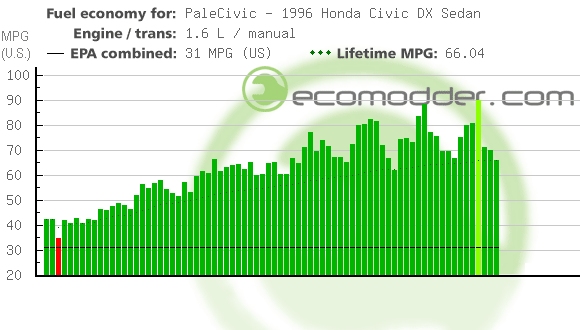Quote:
Originally Posted by dcb

well, he did start getting those numbers AFTER hanging out here for a while 
Was looking at similiar hondas, looks like palemalasian shoud get a mention
 though, I'm not sure I buy that lean burn = "great bsfc", it detunes the engine, but the engine is still moving more air than necessary for the job of maintaining a constant speed.
though, I'm not sure I buy that lean burn = "great bsfc", it detunes the engine, but the engine is still moving more air than necessary for the job of maintaining a constant speed.
nor do I quite buy that accelerating dramatically changes the topography of the bsfc map, and not just the numbers on the lines.
A smaller engine is indeed the correct answer for most efficient cruising, but I would never expect someone who puts as much emphasis on power as Ben Strader to ever recommend such action 
"Typically racers, younger tuners, students, mechanics, and general performance enthusiasts will enjoy the benefits of attending an EFI 101 Class. " |
I do agree that your best BSFC numbers will be at higher load. I need to be a better writer.

What I'm trying to say is its not practical nor safe for an engine that's not DI and a "purposely built high load new design engine" to be run at these high loads due to major heat issues from high load. I can't afford one of these new cars with this technology, so I have to use what I have, 16 year old technology

So I choose a design that anyone could drive and get the same results(normal driving). It takes more of the driver out of the equation.
I would love to test a 1.0L of the same engine design as what I have and see what the increase in FE or decrease would be. I think the difference would next to none. The internal rotating mass and the pumping loss would be very minimal.
So the question would be... how small would you have to make the engine to see major gains?